Tapping Workshop - Austria
 Sunday, September 16, 2012 at 2:47PM
Sunday, September 16, 2012 at 2:47PM
I’m back home and settled in from the European Tapping Seminar. This took place in the majestic Alps of Innsbruck, Austria. Markus Reuter and I were the hosts/leaders of the week. Though huge kudos goes out to Markus’ very dedicated team of players who have been working with him over the years.
The week was quite amazing. For all of us. I saw some outstanding improvement in the players present. And, for myself, I gained some tremendous insights. Not to mention that my playing was lit on fire for a good chunk of the week.
As far as the general overview of the week, the consensus seemed to be that Markus and I were a perfect pairing. That whatever each of our approaches lacked, the other completely made up for it.
I took the attitude of how things work at my aikido dojo when we have visiting sensei. When one sensei is leading the class you do everything the way they present it. Then when another sensei takes over, you do everything their way – even if it is in apparent contradiction to what you were just practicing. At the end of the day, you just take what is useful to your own practice. But the general idea is to embody the present instructor’s approach to the tee and then evaluate later.
So, Markus would lead the circle for an hour and then I would take over. We continued this throughout the day and throughout the week. When Markus was leading sometimes I would play horizontally, like I do nowadays with my guitar on my lap – adapting his approach the best I could to the position of my hands. Though for some exercises it was better for me to hold the instrument vertically and follow the practices identical to everyone else. All in all we probably played about 10 hours a day.
- - -
I’ve known Markus for many years now. (We might even be able to say decades.) And I’ve known he has been approaching the tapping techniques in a raw and systematic manner over this long stretch of time. More so than anyone else I know. And even more than I. When I say “raw” I mean the mechanics of how the fingers, hands, and arms make connection with the strings. This is completely aside from the playing of music. The focus of his calisthenics is how to make a great sound, and do it relaxed and fluidly. Additionally, how to move efficiently around the fret board. For the tapping style of playing you don’t hold your hands in “positions” like guitarists or bass players – you need to move up and down the fret board with nearly every note change. These are aspects that, while others (including myself) have been delving into, I can clearly say, now, that no one has gone as far as Markus.
Let me say that again, so as to be as clear as possible. If you think you want to be a tapping player – on ANY instrument – you better make some space in your life to take a serious look at what Markus has discovered and put together.
Even if you hate his custom guitars.
Even if you abhor the music that he plays.
Even if you don’t like him, personally.
Even if you think he is a turd-stomping, German dweeb, posing as an Austrian cowboy and said mean things about your sister in grade school.
You’d be doing your musicianship and your hands a disservice to not R&D with his practices.
- - -
To be honest, leading up to this workshop I was afraid that I might have to sit through hours of working through finger combinations and scales (1,2,3,4 – 1,2,4,3 – 1,3,2,4 – 1,3,4,2… etc…). Something that I’ve spent plenty of time doing in the past. Not only do I have no interest in this at present, but I have some very serious doubts about it even getting one to the “place of music” at the end of the day. As a “doorway” to music, I am yet to be convinced that calisthenics can get you there.
In fact, when Markus first presented the idea of this workshop to me I said. “Basically, yes, I am in. But if I get there and we sit down and start going through finger combinations I am going to kill myself right then and there.” He laughed and said, “No, we really need your approach. That’s why I’m asking you to be a part of this.”
However, in addition to a lot of other approaches, we did spend quite a bit of time doing just these kinds of calisthenic exercises. And, my hands (and fingers and arms) learned a ton from Markus’ approach. The pinnacle being when he came around the circle and made some adjustments to my arm and hand. Very small adjustments, but significant. I could hear the difference in the flow of my playing immediately.
I’m not so sure that one can really tap into what is here in Markus’ approach by reading about the exercises or seeing videos of other’s playing them. I really think you need to be in the presence of the approach and witness the playing of these folks who have been working with what he calls “The Family” – the core group of exercises.
Even still, the jury was still out for me until about the third or fourth day. Two other highlights from the week that have convinced me that you would have to be a fool to not take, at least, some of this approach seriously:
I taught three of Markus’ team the Zappa tune “Uncle Meat.” The rhythm section (Tobias and Eric) got their parts together in about 10 minutes. OK, it’s a relatively simple rhythm part. But, the ease, grace and confidence that these guys brought to it was clearly brought about by the relationship to their playing. Which came from this particular work. Added to that was how phenomenally quick Alex learned the melody part. I have spent months working on this. Admittedly, I was using it to develop my new horizontal playing approach. So I had to build new fingerings and sort out a lot of issues like trying to the keep the melody on the fewest number of strings as possible. But Alex learned this part in about 4 hours or so. And, again, the grace and relaxedness in his playing has to be because of this work.
The second technical highlight was Mattia arriving from Italy. He could only be here for one day and was immediately forced, by everyone, to play the King Crimson piece “The Construktion of Light” for me. He was quite reluctant, but we weren’t taking “No” for an answer. Let me prep this by saying that the bass line for this tune (which I wrote, OK?), is pretty freaking hard. The first half of the tune uses a kind of cross-string fingering that is quite unusual for the instrument. And the rhythmic challenges are a field of landmines.
Not only did Mattia nail the bass line, but he played Robert Fripp’s guitar part AT THE SAME TIME!. The contrast between the two parts, rhythmically, is a total mind-bender. AND he, not only played it well, he had the feel of the piece. The rhythmic tease and funk of the groove along with the drive. AND, (yes, there is more) he played the entire 8 minute piece. AND, (could there be more?) he’s only been playing this instrument for about four years!
Then Markus had him play the Mother exercise for us (one of The Family exercises.) The fluidity and the precision he brought to it was jaw dropping. And then he speeded it up, and “F-me”, he left any tapping player I have ever heard in the dust.
So, there you have it. I will concur that having great technique does not equate with playing great music. Nor does working on technique guarantee that you will become a great musician. But, if you want to play music then why wouldn’t you want great technique and facility at your disposal? It’s no brainer for me: tappers on any instrument should seriously think about attending our future workshops!
- - -
OK, so what did I bring to the table? And what did we actually do during this week?
Well, after our first meeting (where we all said our names, why we were here, our middle names and, finally, our heavy metal names) we dug right in.
I took a three-fold wipe at what I think are the critical aspects of playing music: rhythmic feel, ear training and improvisation. Certainly these aren’t the only aspects, but I followed my hunches and this is where I was led.
We did a fair bit of ear training practice after I presented my own general approach to it. We worked in large groups, small groups and individually. This work is a very deep well and just peering over the edge can be daunting. How we hear, what we hear and how deep into the sound and tones we hear, leap to galactic levels quite quickly. For example, the overtone series, from which all tonal relationships come, is present in every tone. And present, as far as we can conceive, throughout the entire universe. Forgive me for being “cosmic” about it, but when we listen we are decoding a musical DNA that permeates the cosmos. Ear training is the practice of establishing a personal relationship with each of these building blocks. A “major second” (the relationship between a C and D) has a quality that can be recognized regardless of the musical context. We must learn to recognize our pal the major second. Regardless of who she is hanging out with at any given moment and in any context she may be participating in.
I took this to heart and presented an example of “context” with one of the building blocks. I asked two of the players in the circle to help. I gave them each one note. The two notes were a major 6th apart from each other. They were simply to ring out their notes on the downbeat, so this major 6th would float in the air between us.
We sat and listened to these two tones for a moment. The major 6th is a very elusive interval – as is its cousin, the minor 6th. The flavor of these two intervals can totally change depending on what is happening around them. They are more chameleon than any other interval, in my opinion. Sometimes they sound jovial like a triumphant major chord, sometimes they can be melancholic.
Then I began to play. Adding a third tone to these two. Depending on what I was playing the flavor of the major 6th completely changed. First I brought out the sense of it being major. Then I shifted it to a minor feel. When I would stop and just give the two notes space again, it could almost sound like a different set of tones. But it wasn’t. It was still our same pal.
Then I made it diminished and tangy sounding. Then even more exotic with some alternated tones. It was quite fascinating to hear this same background take on different colors.
At the end of the day, our ear training work is based in listening deeper and deeper into the essence of all these musical relationships. One reason is so we can know where we are standing in a musical context. For another, so we can know the ways a musical idea can be developed. And finally, so we can really listen in to the music to hear where it wants to go and then our hands will follow.
- - -
Rhythmic approach was somewhat less esoteric. At least, so I thought!
My approach was to present parts to the players in the large circle and get everyone grooving together. Then I would play a counterpart that would chop up the feel in different ways. Loosen the mortar between the rhythms, as it were. This is tremendously fun for me. It’s like being a kid in a gigantic playground – trying out all different toys. In this case the toys were different rhythms. Once I had found a cool part and we were in synch, then I would give a couple of players this new rhythm. Over the course of an hour of playing, the music would shift and morph through many different pieces and feels.
Markus and I both used this approach throughout the week. Sometimes we would even do it simultaneously. I would be going around the circle in one direction building up something while he would go around the circle the other way destroying it. Then I would circle back around and destabilize his construction. And he, in turn, would build something new on that. Much fun.
One very cool thing came up as we were prepping for a drummer who was coming to play with us on Thursday evening. I was working up a version of the piece “Invisible Rays” for the large group. I had taught everyone the parts of the first two sections, but it wasn’t quite synching up and rocking. We tried playing with the metronome, but that wasn’t helping. So I decided to be the metronome. I found a very high octave that I played on the downbeats and had everyone synch to me. Then we began the piece, repeating the first section over and over. At that point I began slowing down and speeding up my part while everyone followed. It was freaking awesome. I sped it way up and then slowed it way, way down. Because the temp kept changing everyone had to lock on to me like a laser. But then I started slowing down and speeding up at different rates. Sometimes rapidly accelerating and then abruptly holding steady. Other times speeding up and slowing down in the same phrase like a giant oscillator.
The results for bringing our timing all together was phenomenal.
- - -
Then on to improvisation.
This was in my mind for several weeks before coming to the workshop. For me, improvisation is essential. And for some reason, usually doesn’t get approached until players have plenty of facility on their instruments. This makes no sense to me, as improvisation is simply “play.” And you don’t need any training or skills in order to play. You just: play. No one holds any judgement while they are playing. If they do then they aren’t playing, they’re doing something else.
But our week took on a life of it’s own and developed elsewhere. So we never got to bringing improvisation into our daily practices. However, when I work up on Friday morning – our last day – I felt a very strong urge to go for this. So I cornered Markus and told him I wanted to take over for the day. We decided to have him lead an intensive approach to one of the Family exercises for the first hour and then I dug into improvisation.
We, basically, took two approaches and worked them for the rest of the day. The first was to play in small groups of 3 or 4 with a very limited set of notes. I gave us all a five-note scale and asked everyone to fill one role of the following: bass, rhythm support, and melody. After a bit of time the roles would shift around the circle so that everyone would get a chance in each. The most important thing was to play without judgment. Without judgment of your own playing or anyone else’s. We were to simply play and explore. There was no getting this wrong. Though I suggested we don’t just wander up and down this five-note scale. We were to play phrases and respond to each other.
After about 90 minutes of this we shifted the approach to what I call gestural playing. Meaning, pick any tones you want and move all over the place. But find a musical gesture and “play” that. A musical gesture is a clear musical statement. One of the most compact musical gestures that most all of us know is the opening to Beethoven’s 5th Symphony: Da, Da, Da, Dum. Old Ludwig takes that little ditty and spins a yarn and half with it. Another one is the opening to Coltrane’s “Love Supreme”. Not that we had to pick anything like these – we could make up any gesture we like – but approach this “play” with a musical phrase that we speak with. And stick with the same phrase, and variations on it, throughout the whole practice.
And off we went. This was fascinating as everyone was working with different phrases merged together in trialogues/tetralogues. Really great stuff. And especially freeing after a week’s worth of intense focus on skills.
- - -
Other high points:
Hiking in the woods and learning about the secrets of the forest with Yoshi.
Practicing Aikido in the mornings and some afternoons. We had three Aikido practitioners with us this week. But Alex and I took turns presenting what we knew about the art form to any one who showed up. We hauled mats out on to the balcony and worked outside under the gaze of the Alps.
Learning the Family exercises and finding ways to adapt them to my horizontal playing style. Some of these are complete, utter bastards and made my fingers scream in incompliance. Especially the Grandfather, which involves sustaining anchored notes while the other fingers keep playing.
Presenting the background to my horizontal approach and getting everyone to try a hands-on version of some single-string lines.
Learning some of Markus’ pieces, including his version of a Mike Oldfield piece (Mount Teide) that we played with drums on Thursday night.
Circulations (each player playing one note and passing it around the circle.) Lot’s of circulations.
Meeting and hanging out with a diverse, and interesting, group of players.
Great food (very dark pumpkin oil for the salad) and fresh air!
- - -
I know several players who couldn’t make it to this workshop for different reasons. The main one being that it was too far for them to travel. So we are looking into doing this in North America and elsewhere in the coming year. Please write to Markus or myself if you are interesting in being in touch with us about future courses.
(Written July 8, 2012 but not delayed posting until the completion of the video.)
 coaching,
coaching,  improvisation,
improvisation,  tapping,
tapping,  teaching
teaching 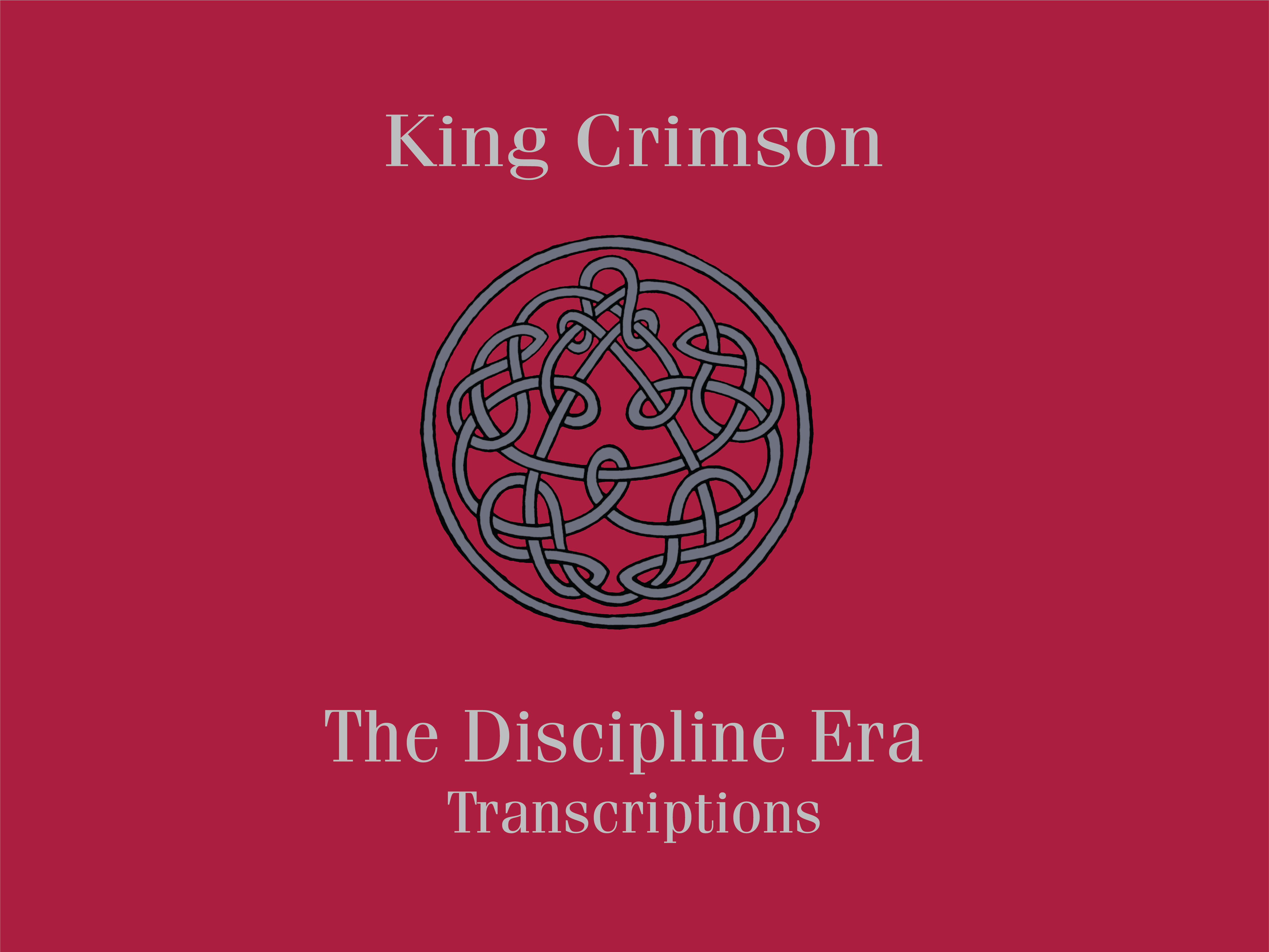
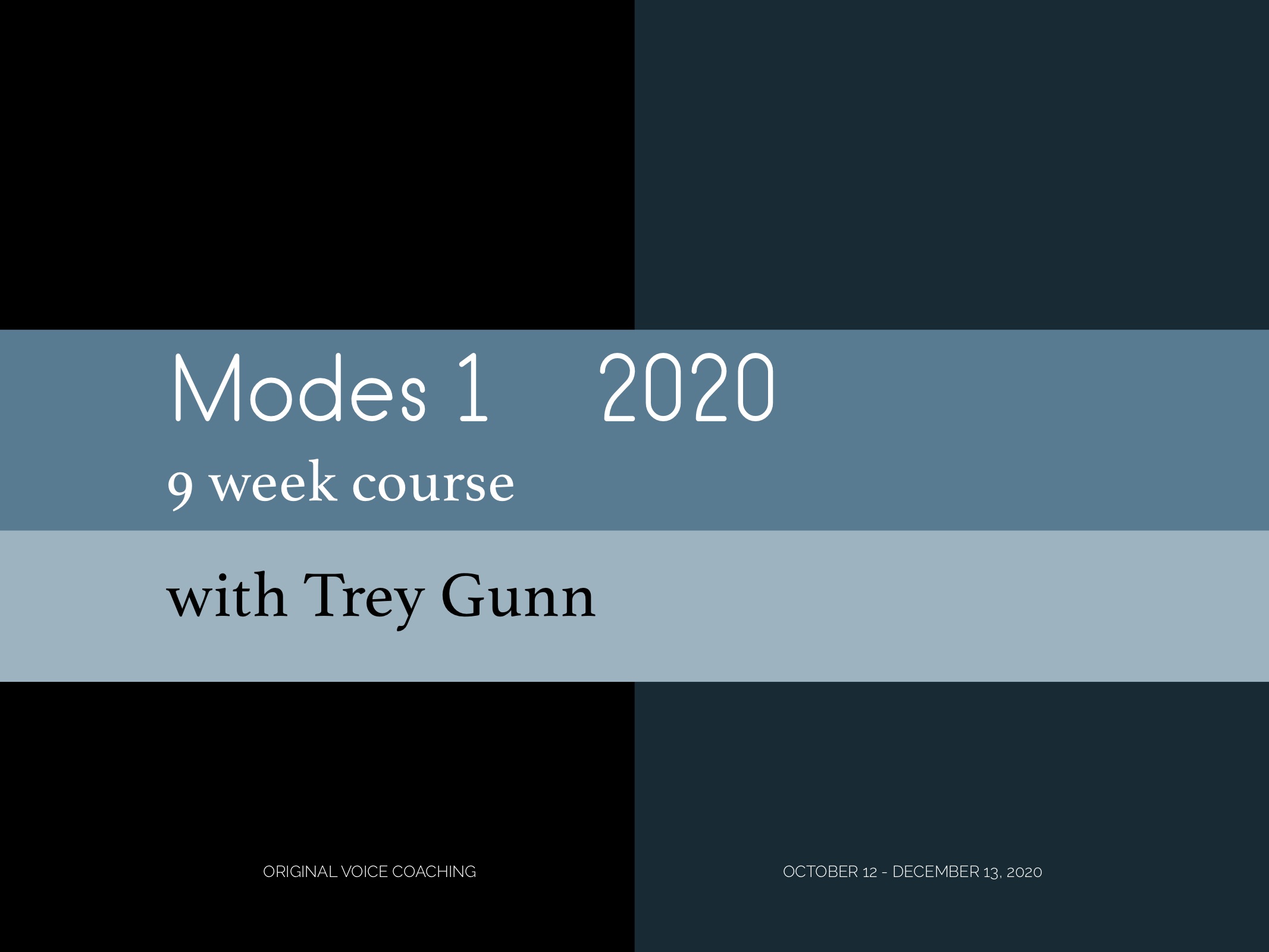
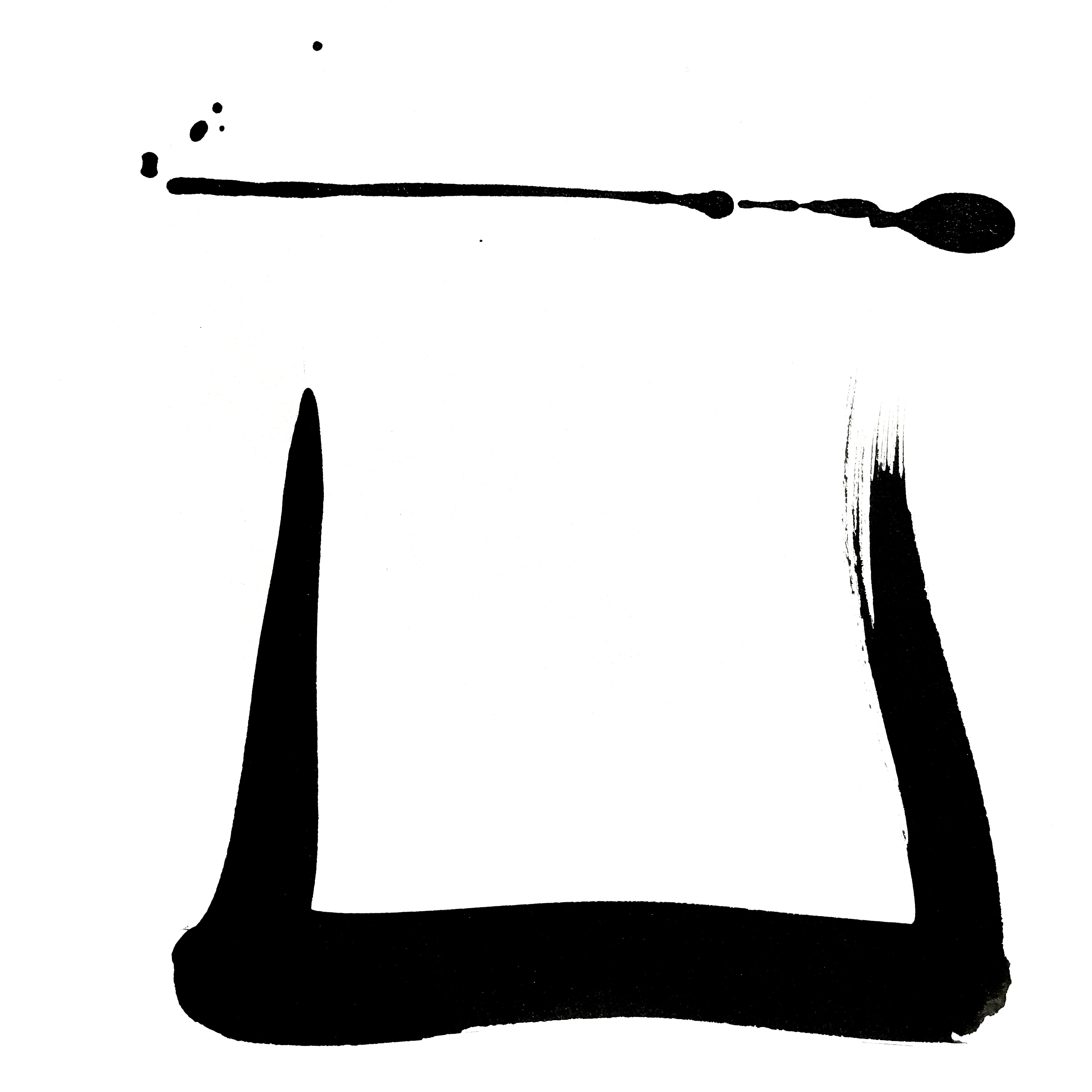
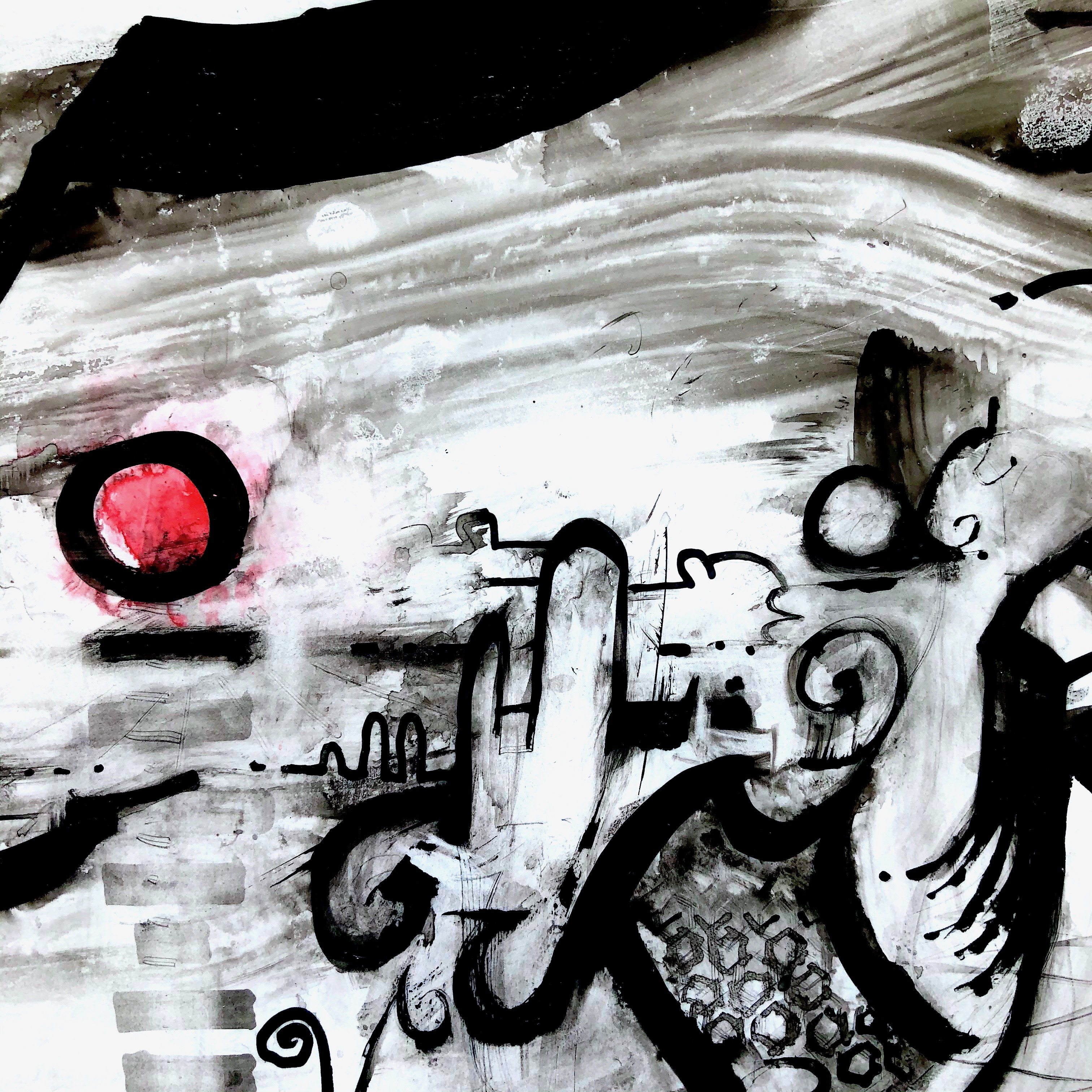
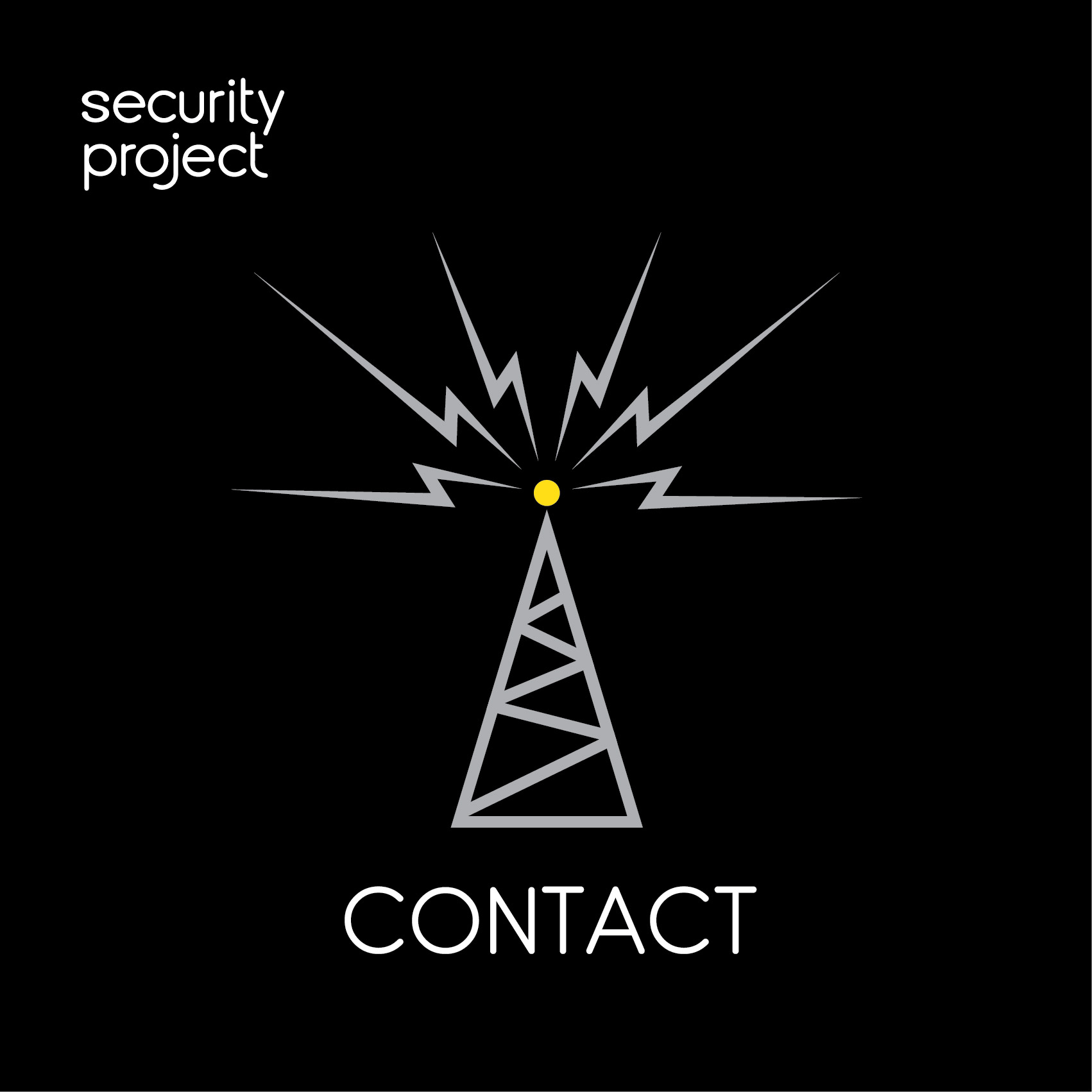
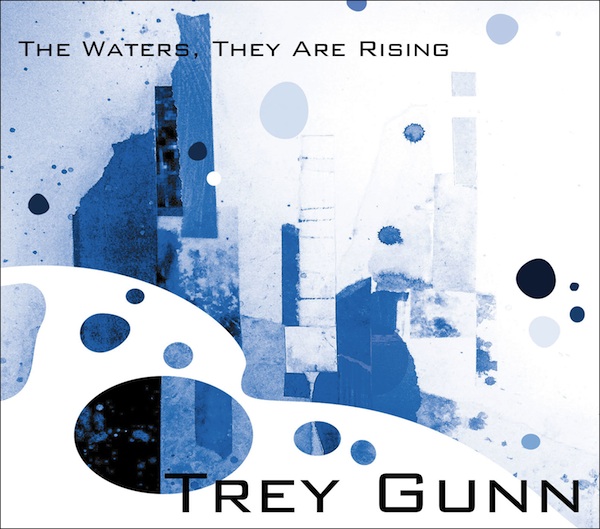
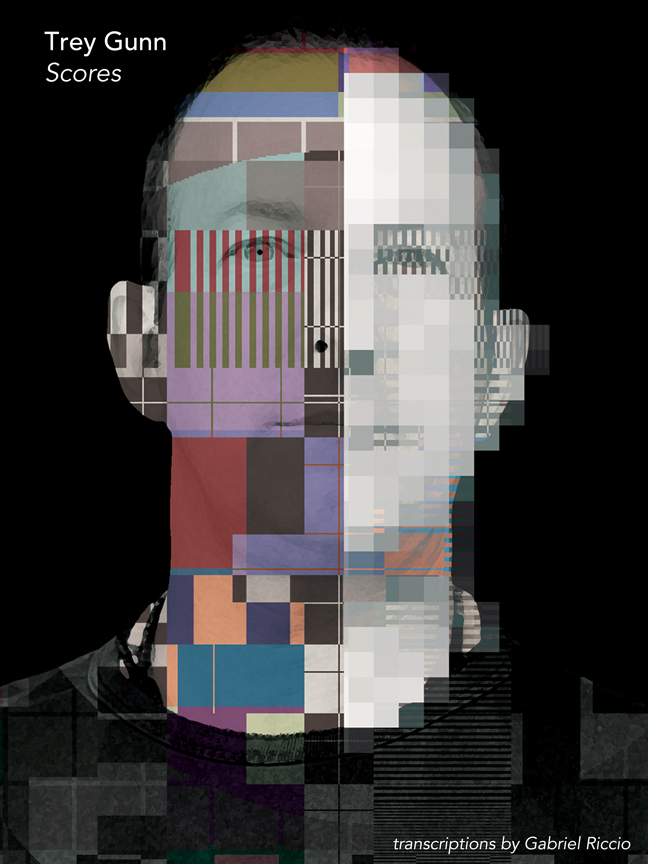
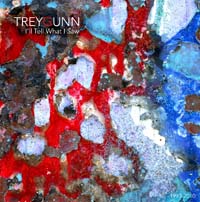
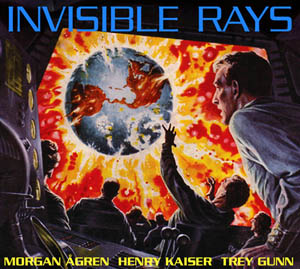
Reader Comments (6)
I would be interested in hosting one of your workshops. I do not play an instrument. I’m a Fine Art Photographer and see this as another way to promote myself and my company. You could bring in a video crew if you want, You would get a free space some food (I’m a descent cook) and I would get some promotion. It’s a Win / Win. You can see some of my work on FaceBook under Atomic Imaging Co. go to Photos and open Entertainment folder and Temporary Portfolio.
Thanks,
Brad Owen
Thank u so much for "being fucking original". Since your album 1000 Years, I have been inspired by your playing and art.Your approach to your craft is so deeply passionate and sincere. I have strived for that level of sincerity in my own journey as a musician. I often tell people that your path inspires me..not to sound like you...but to approach my own art with that level of fearlessness that embodies your work. I am a bassist,Stickist,and Native American Flute player/maker...I have been experiencing music all my life..and been an active participant for over 30 years now.
Very few musicians/artist affect me on a spiritual and emotional and I count you among those who do. Thank you for your honesty and fearlessness.
I had the pleasure of meeting Markus last year on the 2 of a perfect trio tour, and even got to check out the U8. The way he plays appears so effortless and fluid. between the two of you, I'm sure the students got their monies worth and more.
Hopefully you do this again in 2013, in America this time!
I would LOVE to be involved if you guys do some tapping workshops in the states... it would be great to see you guys in California, and there are a lot of venues here that I think would very much suit the workshop.
I love that you think - you should just get on with improvisation. I agree. people believe you have to know lots of scales, techneques, etc but you don't. you just need to sit with a song and find 4 notes, and try and play them a 100 different ways. you'll get more out of that then by learning scales.
If you host an event in N. America, I will most definitely be there.